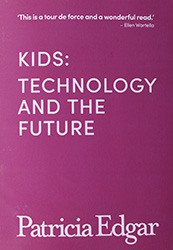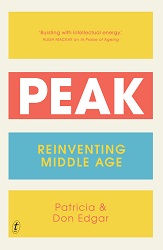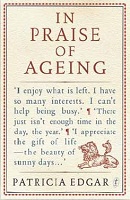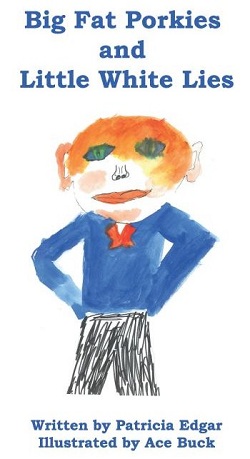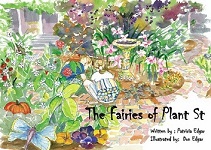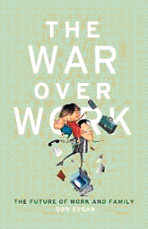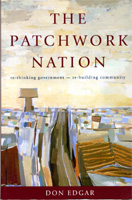The importance of racial diversity on our screens
|
By Patricia Edgar - posted Tuesday, 28 February 2017 |
There were no African Americans nominated in key categories for the Oscars in 2015 and 2016 so some in the film community boycotted the ceremony they held was discredited. This year is different. There are 16 nominations across four films, Moonlight, Fences, Loving and Hidden Figures -for best picture, direction, adapted screen play, lead and supporting actors, and with Moonlight , music and cinematography. This is unprecedented. So what has happened? Films have a long gestation from idea to screen. They require years of striving by creative people to develop, finance and market, so it seems the American industry has experienced a shake-up and the audience response is supportive.
In the late Sixties, African Americans were missing from cinema and television in news, entertainment and drama programs unless they were servants, comedians, could sing or had committed a crime. Black children had to draw their understanding of family life from television models such as Leave it to Beaver, My Three Sons , and Father Knows Best, as they searched in vain to find themselves on television. These pictures of family life were a far cry from life lived by African Americans, as well as most whites. It would be 1984 before the Huxtables showed up in The Cosby Show in the US . The father was still a professional, but the family was black and the show helped break down barriers for the racially mixed audience.
When you don't recognize yourself in the stories you are told, the message conveyed insidiously is that you are not important. For women and all minority groups the impact of His tory, told through the eyes and the actions of the dominant social group, has been profound. The result has been a feeling of irrelevance and disempowerment ? a belief you do not belong in the society.
In December 1967, Stanley Kramer challenged American racial mores with his film Guess Who's Coming to Dinner . The plot involved old-line liberal parents, played by Spencer Tracy and Katharine Hepburn, who have raised their daughter to be an independent thinker. Still, they are unprepared for the shock when she arrives home with an African-American fianc?, a doctor played by Sidney Poitier. The film was thought by some to be a cop out because the character Poitier plays is perfect in every respect. He is gentlemanly, rich, intelligent and handsome, the kind of partner most liberal-minded Americans would have welcomed for their daughter, except he is black.
The film was a critical and box office success, great entertainment but a fantasy about race relations.Kramer defended his film saying he had accomplished his purpose in making a film, which the white audience accepted, about interracial marriage, and love conquering prejudice.
Given the film's release came only six months after a Supreme Court Ruling on June 12, 1967, when Richard and Mildred Loving won a landmark case, invalidating miscegenation laws, imposed in many US States at the time, Kramer had a point. Progress toward integration would continue to be slow. Only four months later, in April 1968, Martin Luther King was assassinated and a wave of civil disturbance swept the United States with violence breaking out in more than 100 cities.
The Loving case has once again been given prominence. Interracial couple Richard and Mildred Loving married in 1958, but the state of Virginia where they lived, first jailed and humiliated, then banished them from their home where they could not live together for almost a decade. The film Loving has earned critical acclaim and is part of an apparent new trend to serious cinema, which is reflecting the diversity and complexity of life for African Americans.
Moonlight, Fences and Hidden Figures, also signal a shift away from stereotypes. They are not stories of exceptional people like Mandela or Martin Luther King but portray the diversity within the group, through strong human stories about ordinary people struggling with their hopes, dreams and responsibilities. They are movies that give people context for their lives, affirming their lives do matter and their stories are as diverse and interesting as everyone else's is.
In Fences , which is based on a stage play, Denzel Washington plays Troy a garbage man whose life revolves around his family. He blames racism for thwarting his sporting ambitions as a young man and he is determined his son, who dreams of playing football, will not suffer the same indignity. Troy's bitterness creates conflict with his son and he transforms into a tyrannical bully whose devoted wife, played by Viola Davis, firmly challenges her husband in a powerful performance.
Moonlight , also originally a stage play, follows the story of a sensitive, shy boy, Chiron, growing up in a ghetto with a drug-addicted mother. He is befriended by a drug dealer but as a teenager is frequently bullied at school. His only friend is ultimately provoked into assaulting him. When we meet Chiron in the third act he is a hardened drug dealer, but a call from his former school friend leads to a meeting and a tender relationship.
Hidden Figures is an upbeat story of three unassuming but determined women few have heard of. They are black female NASA scientists who made significant contributions to space history, helping send John Glenn into orbit. The film has taken $135 million domestically to date, more than the much hyped La La Land . Hidden Figures has succeeded, as did Guess Who's Coming to Dinner, in bridging the black-white audience divide but this time the story is based on fact.
We know prejudice dies hard and is manifest in both overt and subtle institutional forms. Ignoring the creativity of diverse groups in society is a symptom of discrimination. These new films suggest progress but many other groups are still ignored by main-stream film makers. Telling our stories on screen can help us better understand how we may live together on our small planet.


